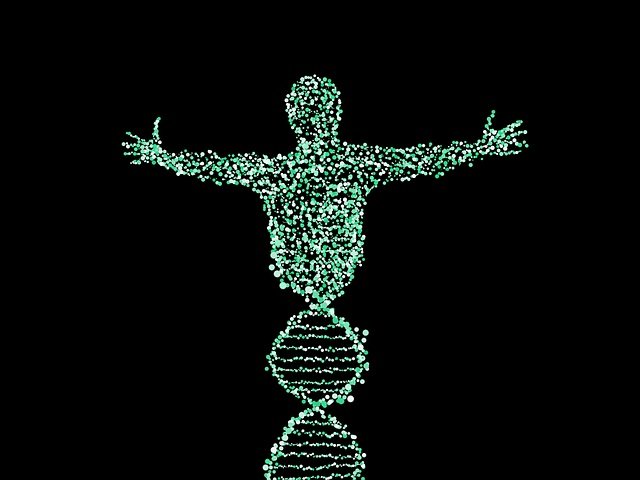
In a new study, researchers have discovered a new ‘toolkit’ to repair damaged DNA that can lead to aging, cancer and Motor Neurone Disease (MND).
They found that a protein called TEX264, together with other enzymes, is able to recognize and ‘eat’ toxic proteins that can stick to DNA and cause it to become damaged.
An accumulation of broken, damaged DNA can cause cellular aging, cancer and neurological diseases such as MND.
The research was conducted by scientists at the Universities of Sheffield and Oxford.
Until now, ways of repairing this sort of DNA damage have been poorly understood, but scientists hope to exploit this novel repair toolkit of proteins to protect us from aging, cancer and neurological disease.
The new findings could also have implications for chemotherapy, which deliberately causes breaks in DNA when trying to kill cancerous cells.
Scientists believe targeting the TEX264 protein may offer a new way to treat cancer.
The team says the finding of TEX264, a protein that forms the specialized machinery to digest toxic proteins from our DNA, strongly changes the current understanding of how cells repair the genome and so protect people from accelerated aging, cancer, and neurodegeneration.
The next step of the research will be to test if the behavior and properties of protein TEX264 are altered in aging and in neurological disorders such as MND.
One author of the study is Professor Sherif El-Khamisy, Co-Founder and Deputy Director of the Healthy Lifespan Institute.
The study is published in Nature Communications.
Copyright © 2020 Knowridge Science Report. All rights reserved.



